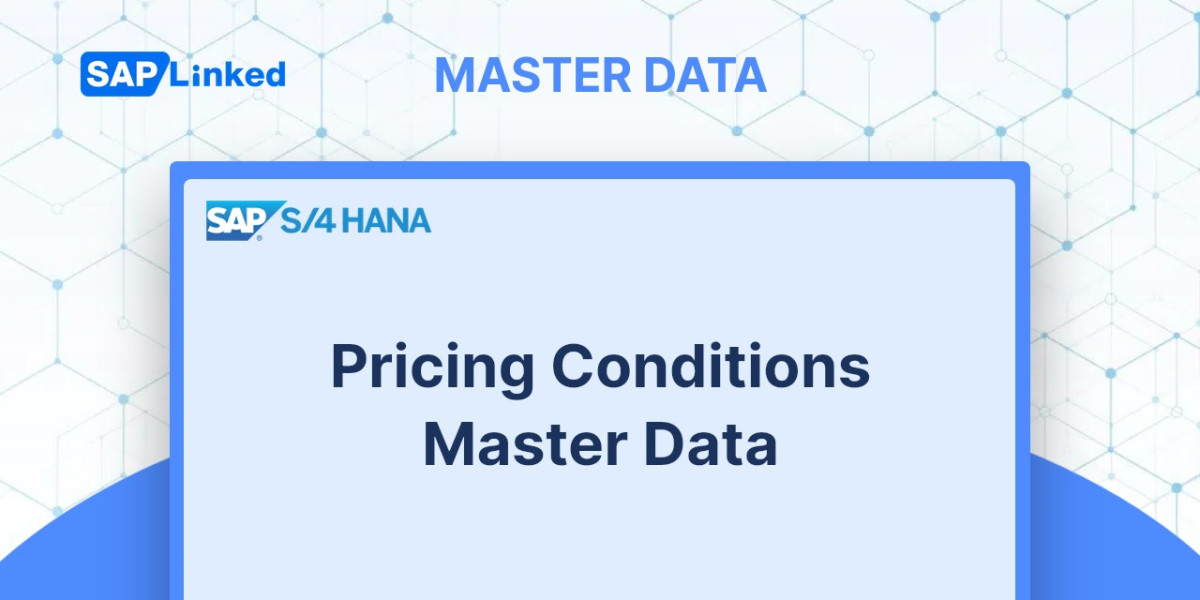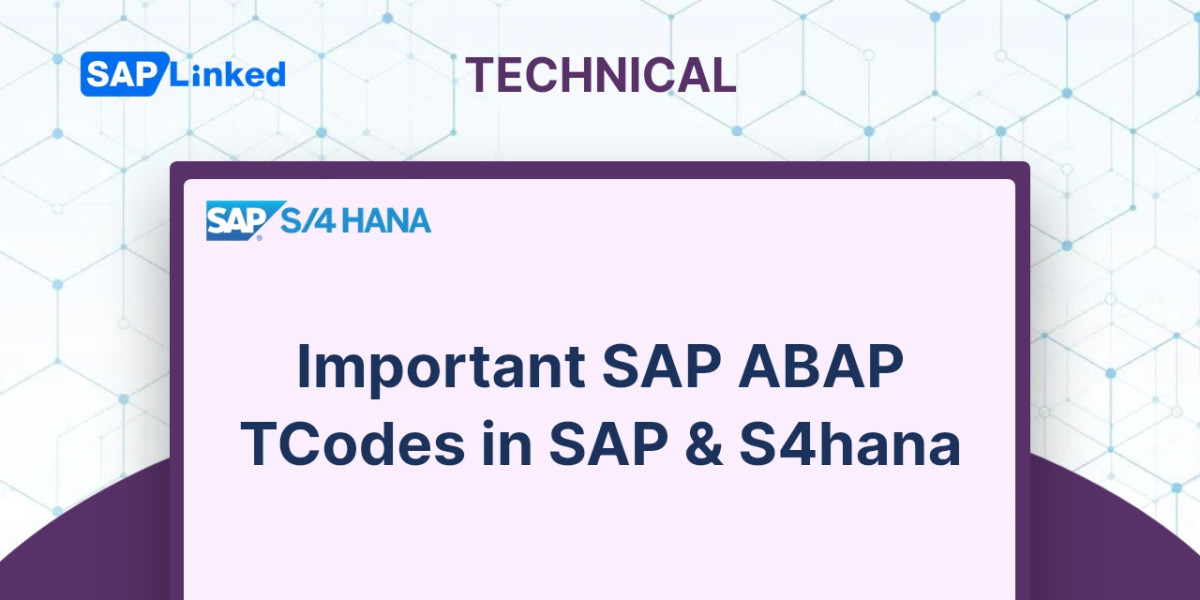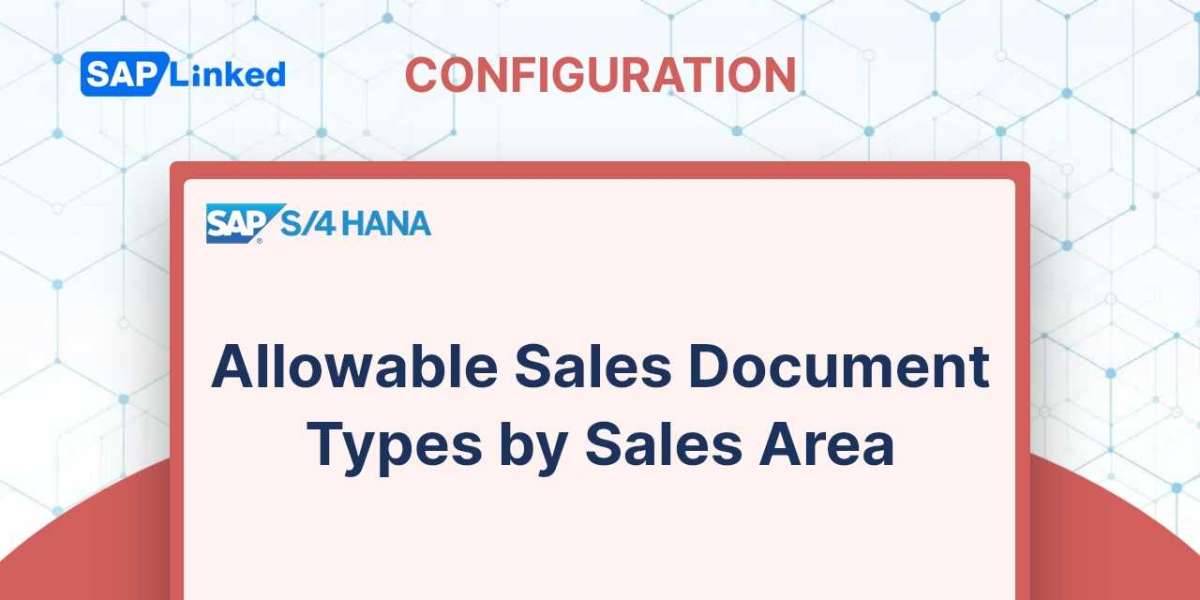Master data for SAP SD conditions is important. You specify pricing for the good or service you are selling to your customers in the conditions master data. Your revenue and discounts are based on the maintenance of the master data for the pricing parameters.
You define the following in SAP SD conditions master data:
- Price of the product
- Discounts, if required
- Surcharges, if required
- Freight information, if required
- Tax information, including whether the goods or the consumer is subject to tax (either full or half or exempted)
- Any additional element that has an overall impact on the product's price and the customer's account receivable
The important transactions involving SAP SD conditions master data are as follows:
- VK11 / VK12 / VK13 – Create / Change / Display Condition Records
- VK14 – Create Condition Records with Template
- V/LD – Pricing Report
- TK11 / TK12 / TK13 – Create / Change / Display Shipment Condition Records
- VBN1 / VBN2 / VBN3 – Create / Change / Display Free Goods Condition Records
How to Create SAP SD Conditions Master Data
Enter VK11 in the transaction command field or Navigate using SAP menu

Figure 1 Start VK11 Transaction

Figure 2 Menu Navigation to SAP SD Condition Master Data
As soon as you enter the transaction for pricing conditions master data, the following screen will appear:
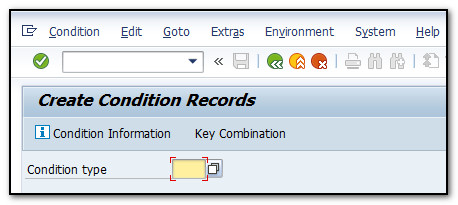
Figure 3 Pricing Condition Master Data – Initial Screen
You must specify the pricing condition type for which a new record is to be created. The list of condition types (both standard and customized) will appear once you click button next to the field or the F4 key.
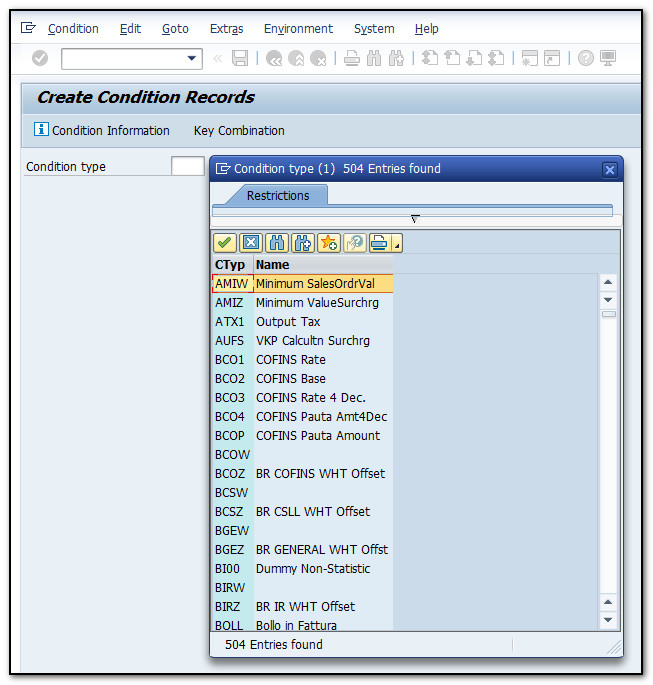
Figure 4 Pricing Condition Master Data – List of Condition Types
Choose the required pricing condition type and press Enter.
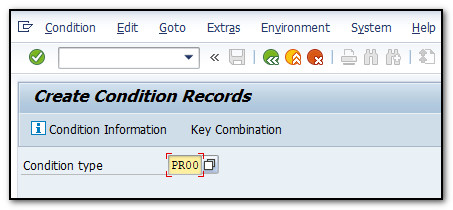
Figure 5 Pricing Condition Master Data – PR00
The SAP system will display a dialog box asking you which key combinations you want to use to create a new pricing condition record after you've chosen the condition type. The key combinations might differ from scenario to scenario and requirement to requirement and are defined in the customization.
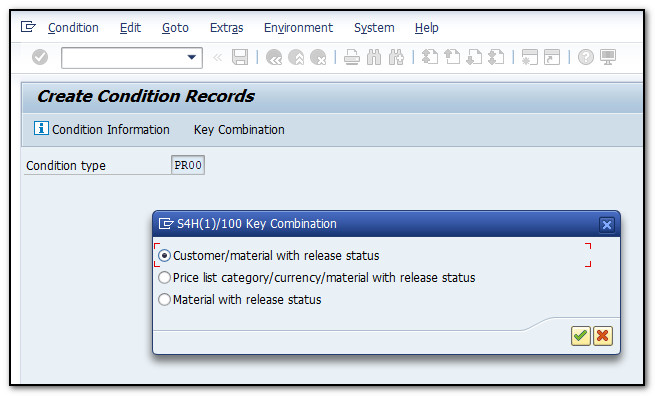
Figure 6 Pricing Conditions Master Data – Key Combination
According to configuration settings, the SAP system is presenting four alternatives for maintaining pricing conditions record master data for PR00 (Base Price) condition type.
Pressing the button “Key Combination” will also bring up the same dialog box. To proceed, choose the necessary combination and press Enter or “Choose” button on the dialog box.

Figure 7 Pricing Conditions Master Data – Entry Screen
On the conditions master data entry screen enter relevant data in the following fields:
- Sales Organization
- Distribution Channel
- Customer
- Material
- Amount - price of the product
- Unit: currency
- Per: the unit of measurement used to determine an amount or percentage.
- Quantity unit to which the condition rate refers is known as the UoM. The Stock Keeping Unit (SKU) or Unit of Measure (UoM) used to calculate the price in the sales order at the moment the order is created.
- Calculation type: How the SAP system calculates the pricing is determined by the calculation type. For instance, as a set sum or as a percentage dependent on the number, volume, or weight.
- Valid From: the time this price condition record becomes effective.
- Valid To: the time period covered by this pricing condition record.
Scales can also be maintained; for example, if an order contains a specific number of items, price "X" will apply; however, if the order contains more goods than permitted, price "Y" will apply. For instance, the Base Price will be EUR 230 rather than EUR 250 if a buyer requests a quantity more than 50.
Select the necessary line and press F2 or “Scales” button to enter scales.

Figure 8 Pricing Conditions Master Data – Scales
To return to the main screen after maintaining the scales, click F3 or “Back” button.
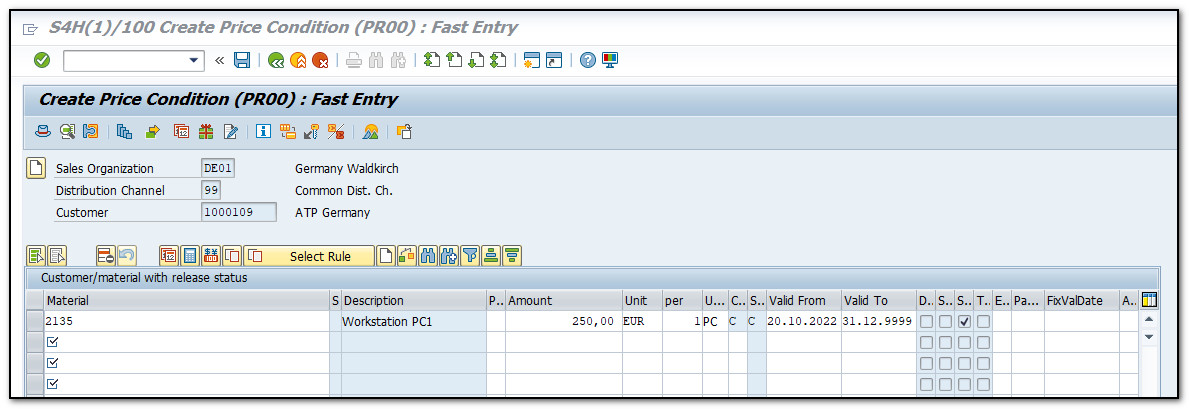
Figure 9 Pricing Conditions Master Data – Scales Box checked
Once the scales are maintained you will see that the box “Scales” is checked to reflect similar on the main screen.
Use the toolbar buttons below to view additional information on the mentioned pricing condition record:

Figure 10 Toolbar Buttons for Pricing Conditions Record
Additional Options / Buttons on the screen:
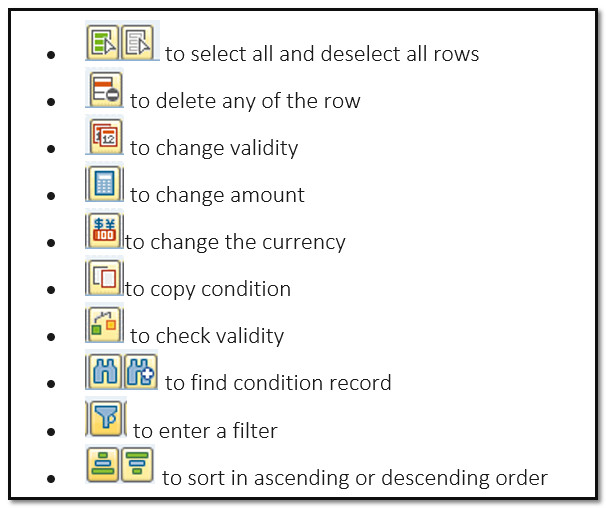
Figure 11 Additional Buttons for Pricing Conditions Record
If it is necessary to provide a free item, for example in the "buy 20 and get 2 free" scenario, this can be done in SAP by selecting the "Free Goods" option.
Select the appropriate line and press Ctrl+F1 or click “Free Goods” button, to reach the Free Goods record screen from the SAP SD conditions master data. This can be done via transactions VBN1, VBN2, and VBN3 as well.
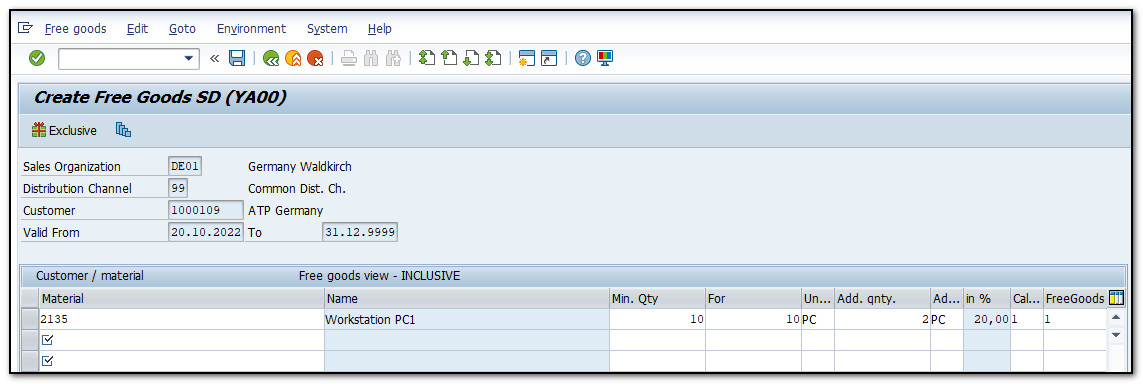
Figure 12 Pricing Conditions Master Data – Entry Screen Free Goods
After you've finished defining the options for free items, press F3 or “Back” button to go back to the main screen. Save the condition record.
The article "Pricing Conditions Master Data in Sales Order" provides a visual representation of how the condition master data appears in a sales order.
